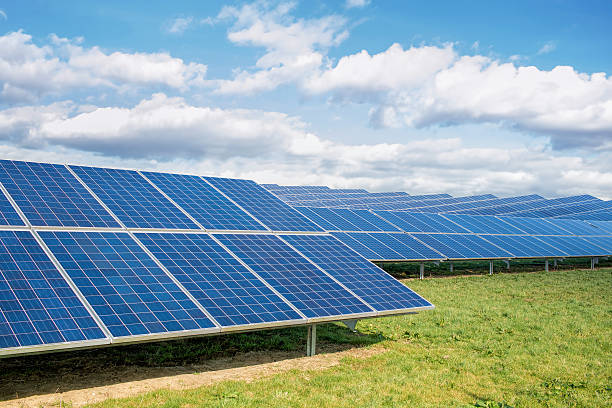The Southern African Power Pool’s (SAPP) first direct power plant connection has been authorized by the appropriate authorities by Emerging Markets Energy Services Company (EMESCO), making it the first independent power producer (IPP) to do so. Its subsidiary, Schonau Solar Energy, has been granted a licence by the Electricity Control Board of Namibia (ECB) to build a 125 MWp solar photovoltaic power plant. The special-purpose company will build the plant in Karasburg, a town in southern Namibia, only 110 km from Ariamsvlei, the border with South Africa.
EMESCO is building the plant under the Modified Single Buyer Scheme (MSB). The framework set up by the Namibian government aims to encourage IPPs to invest in renewable energy and sell their output to the utility. And unlike the pre-existing model, the MSB therefore allows EMESCO to generate electricity in Namibia and make it available to the regional common market, SAPP.
“We are confident that the MSB will contribute to the government’s objectives of making Namibia an energy exporter. The issuance of production and export licenses to Schonau and other players is an indication of the commitment by the Namibian government to contribute to the reduction of the energy deficit in the region,” says Pinehas Mutota, the ECB’s Director General of Economic Regulation.
The SAPP into which EMESCO intends to sell its power is a cooperation between the state-owned power companies of 12 countries under the auspices of the Southern African Development Community (SADC). This power pool interconnects South Africa, Eswatini, Lesotho, Botswana, Namibia, Malawi, Zimbabwe, Zambia, Mozambique, Angola, and the Democratic Republic of Congo (DRC), among others.
SAPP has up until now only connected member nations’ public electricity companies. Through Schonau Solar Energy, sub-regional cooperation is becoming more accessible to private companies like EMESCO. Its sale of electricity to SAPP will be managed by the Namibia Power Corporation, a government-owned company (NamPower). Its project is expected to cost $105 million in total.

